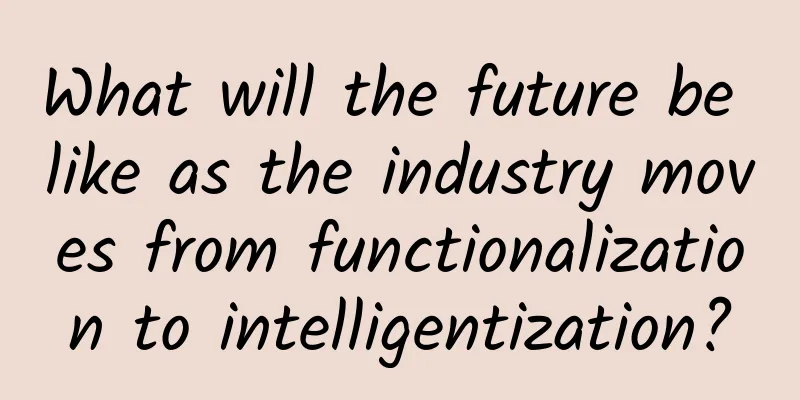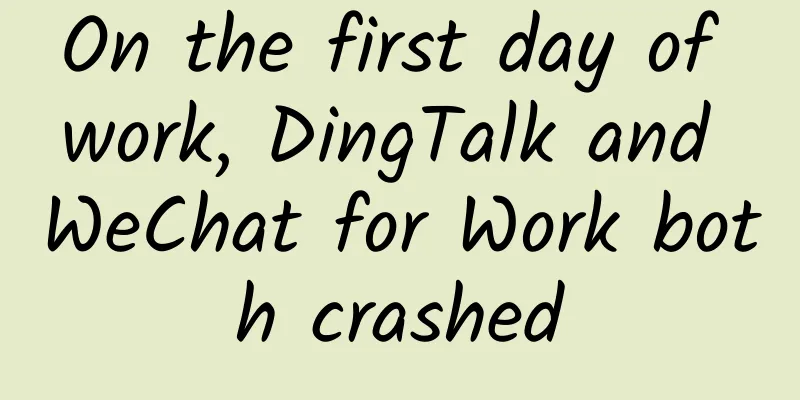What will the future be like as the industry moves from functionalization to intelligentization?

|
Since the AI AlphaGo defeated Lee Sedol, the topic of robots has once again become a hot topic. However, the real-life robot industry is somewhat awkward. No matter how fictional the movies are, or how the outside world reports on the breakthroughs of AI, the robots that ordinary consumers can come into contact with are nothing more than toys that can chat with them. In some electronics markets in Shenzhen, all kinds of toys with the name of robots can be seen everywhere, and the quality varies. If robots are to move from the functional era to the intelligent era and truly enter users' homes, the entire robot industry needs more basic construction. How can robots get rid of their "dumb" image and realize more extended functions such as smart chat, smart music, smart photography, etc.? At the Turing Robot Innovation Conference on July 28, the Turing Robot team released dozens of robot applications at one time, covering five major categories: education, entertainment, social, tools, and remote, giving robots more practical functions. Yu Zhichen, CEO of Turing Robotics, introduced that in order to support innovation in robot applications, Turing OS has been upgraded from the original 1.0 version to 1.5 version, with enhanced visual capabilities, motion control and hardware modules. In terms of vision, Turing OS1.5 will add 11 new visual capabilities, including face recognition, face detection, face tracking and other visual technologies. In terms of motion control, Turing OS1.5 enhances support for 17-20 degree-of-freedom bipedal gait robots, and in terms of hardware modules, Turing OS1.5 improves the motherboard and microphone array, and the laser radar is being tested internally. It is understood that as of July, the number of developers on the Turing Robot Platform exceeded 230,000, a significant increase of 1.1 times in 8 months. At the same time, Yu Zhichen reiterated the open strategy of the Turing Robot Platform. In the future, the Turing Robot Platform will open multiple artificial intelligence services such as emotional computing and visual capabilities based on the already open semantic engine, knowledge system, chat system and practical functions. Basic disciplines such as cloud computing, big data, artificial intelligence, and machine learning have made rapid progress, breaking through some of the bottlenecks that artificial intelligence encountered in the past. At the same time, the development of various application scenarios, the Internet of Things, and mobile Internet has broadened the application scenarios of robots. Both basic technologies and application scenarios have laid the foundation for artificial intelligence to enter the home. With favorable national policies, the robotics industry has regained the favor of capital. Relying on voice communication to achieve intelligent human-machine interaction in specific scenarios is the biggest outlet for the development of service robots and the biggest focus of venture capital and PE in the past few years. Previously, Turing Robot also received tens of millions of RMB investment from Zhongyi Capital. Assuming that a single personal service robot costs 10,000 yuan, the industrial space for personal service robots will be a trillion-level market. Of course, this trillion-level market still needs time to cultivate. On the one hand, more and more service robots with more functions need to be developed; on the other hand, more and more users need to accept the services of robots. This trillion-level market will gradually accelerate its explosion in the next 20 years. Judging from the types of robots currently on the market, they tend to be more inclined towards the early childhood education market, focusing on the direction of accompanying and educating children, and it is difficult to achieve the function of "family nanny" in the movie. They are more like expensive toys. Industry insiders believe that the future robots cannot be a single comprehensive and omnipotent robot, but different service robots will be needed in different application scenarios. The domestic robot market is still in the education stage. The entire life scenario of human-machine interaction and voice interaction, including solving user needs, has a very broad scope for research. In the future, whoever can take the lead in solving the pain points of actual users through voice interaction and human-machine interaction, and make the market and users accept to pay for it, the entire robot industry can mature quickly. As a winner of Toutiao's Qingyun Plan and Baijiahao's Bai+ Plan, the 2019 Baidu Digital Author of the Year, the Baijiahao's Most Popular Author in the Technology Field, the 2019 Sogou Technology and Culture Author, and the 2021 Baijiahao Quarterly Influential Creator, he has won many awards, including the 2013 Sohu Best Industry Media Person, the 2015 China New Media Entrepreneurship Competition Beijing Third Place, the 2015 Guangmang Experience Award, the 2015 China New Media Entrepreneurship Competition Finals Third Place, and the 2018 Baidu Dynamic Annual Powerful Celebrity. |
Recommend
How to Write an Integrated Marketing Communications Plan (Version 4.0)
1. Those who do not consider the overall situatio...
How can we effectively improve ROI if we don’t do monitoring and analysis for app promotion?
Local promotion is an effective way for App to ac...
What is Baidu Wenku promotion? How to promote Baidu Wenku?
Document libraries are a major way to spread info...
67 wild red pandas, each costing RMB 350,000. Who is paying for the poaching?
67 wild red pandas, each costing RMB 350,000. Who...
What impact will it have on Chinese mobile phone manufacturers as Google enters “retaliation” mode?
[[247942]] Introduction Since the beginning of th...
How much does it cost to develop the Guangzhou drinking water reminder mini program and the drinking water alarm mini program?
According to statistics, the amount of water a per...
More than 110,000 users added per month! Google advertising operation process and detailed explanation
The Google Store APP advertising promotion that I...
How was the underground world built?
On the one hand, modern architecture develops tow...
Changsha tasting tea takeaway tea Yuelu District high-end tea WeChat sharing the most reliable friends tasting tea with its own studio audition
Changsha tea tasting, take-out tea drinking, Yuel...
How to place advertisements on Zhihu? Give you a promotion secret!
Let me share it with you today! During the delive...
How to obtain seed users?
Many Internet products encounter two problems dur...
How to go from entry level to mastery in new media operations?
In 2019, the popularity of the new media industry...
Although he missed the mathematics award, he never regretted the decision|Time Letter
At the age of 31, he proposed the "Wu formul...
Lamborghini: In 2023, Lamborghini produced a total of 10,112 new cars, a year-on-year increase of 10%
According to multiple reports, the well-known Ita...
The Internet's Imitation Game
[[158392]] Hold on, what we are talking about tod...









